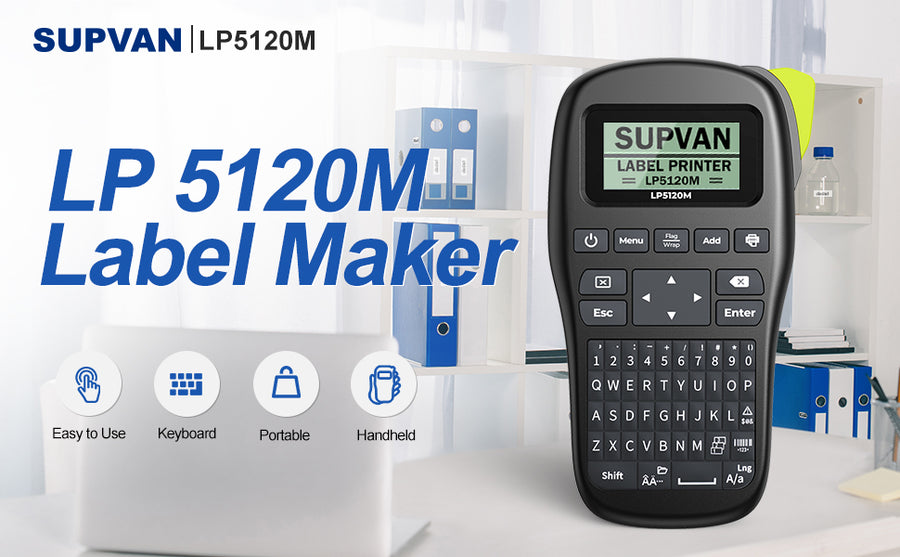A thermal transfer printer is a type of printer that uses heat to transfer ink or other media from a ribbon onto paper or other materials. The printer has a printhead that heats up and melts ink from the ribbon onto the material being printed on. The ink then dries and becomes permanent on the surface.
Thermal transfer printers are commonly used in industrial and commercial settings for printing labels, barcodes, tags, and other types of media. They are preferred over other types of printers because the print quality is high, and the prints are durable and long-lasting. They are also capable of printing on a wide range of materials, including paper, plastic, and fabric.

Here are some additional details about thermal transfer printers:
-
How they work: Thermal transfer printers use a printhead with heating elements to transfer ink or other media from a ribbon onto a substrate (usually paper, but sometimes plastic or fabric). The ribbon is placed between the printhead and the substrate, and the printhead heats up the ink, causing it to transfer onto the substrate. The ink then cools and solidifies, creating a permanent image or text.
-
Types of ribbons: There are two types of ribbons used in thermal transfer printing: wax and resin. Wax ribbons are the most common and are used for printing on paper labels or tags. Resin ribbons are used for printing on plastic or synthetic labels, as they provide a more durable and long-lasting print.
-
Applications: Thermal transfer printers are commonly used for printing labels, barcodes, and tags in a variety of industries, including manufacturing, logistics, retail, and healthcare. They can also be used to print ID cards, wristbands, and other types of media.
-
Advantages: Thermal transfer printers offer several advantages over other printing technologies, including high-quality and durable prints, the ability to print on a wide range of substrates, and the ability to produce variable data (such as barcodes or serial numbers) on each label or tag. They are also relatively easy to operate and maintain.
-
Disadvantages: The main disadvantage of thermal transfer printing is the cost of the ribbons, which can be more expensive than other types of printing supplies. Additionally, thermal transfer printers are slower than some other printing technologies, which can be a concern in high-volume printing environments.







Leave a comment